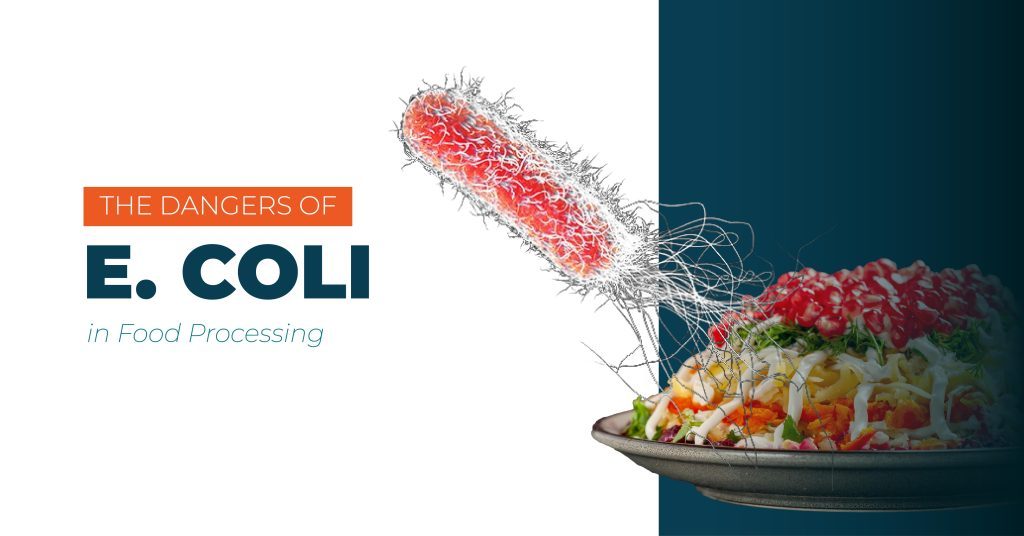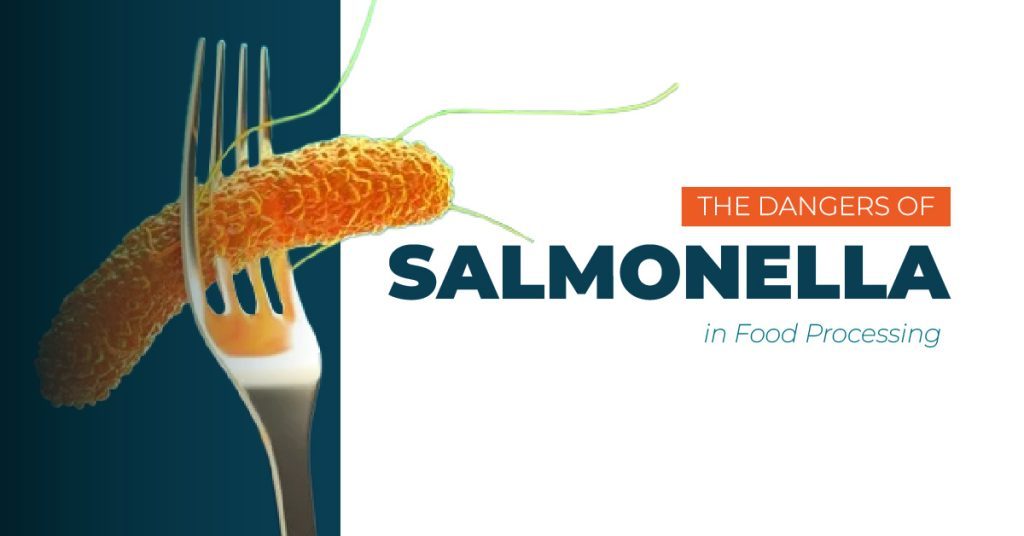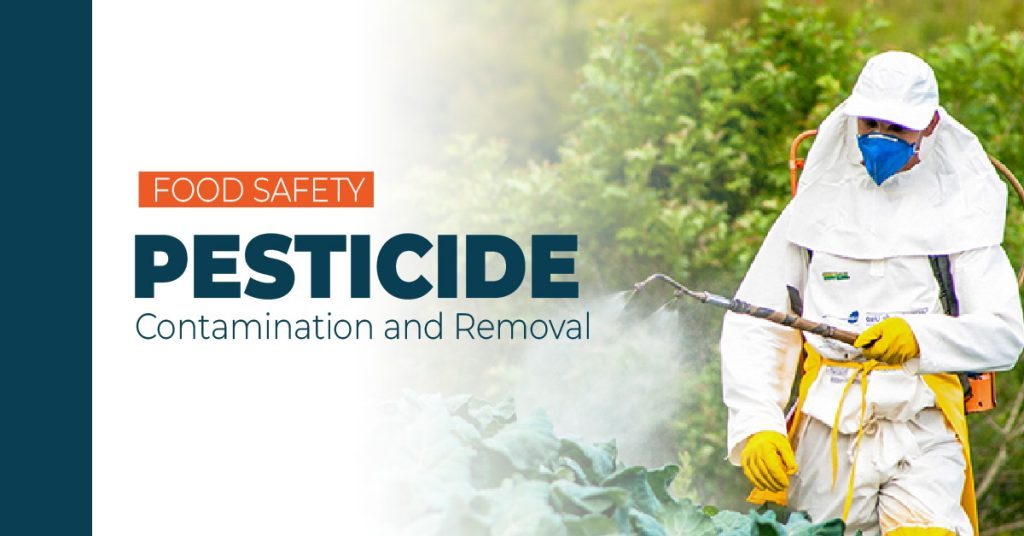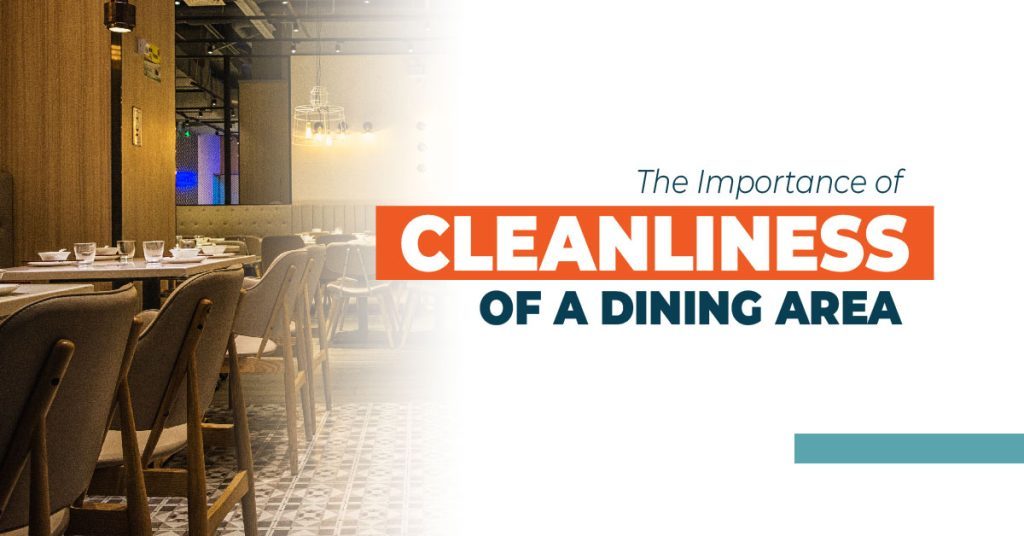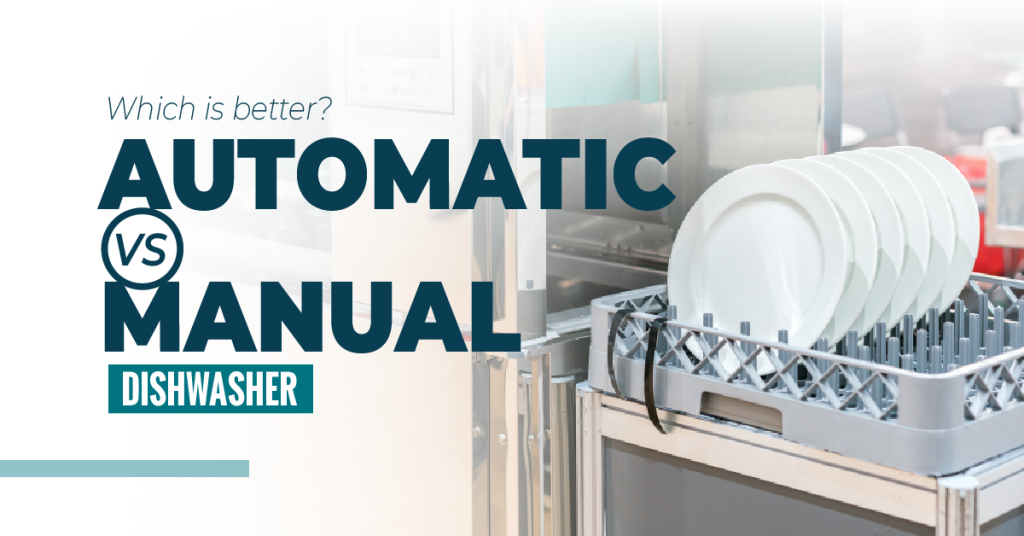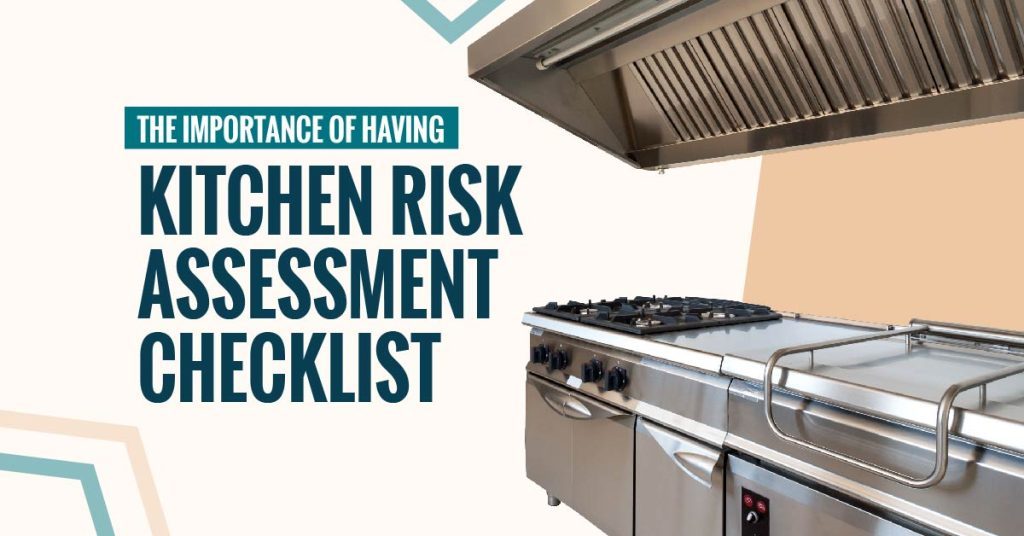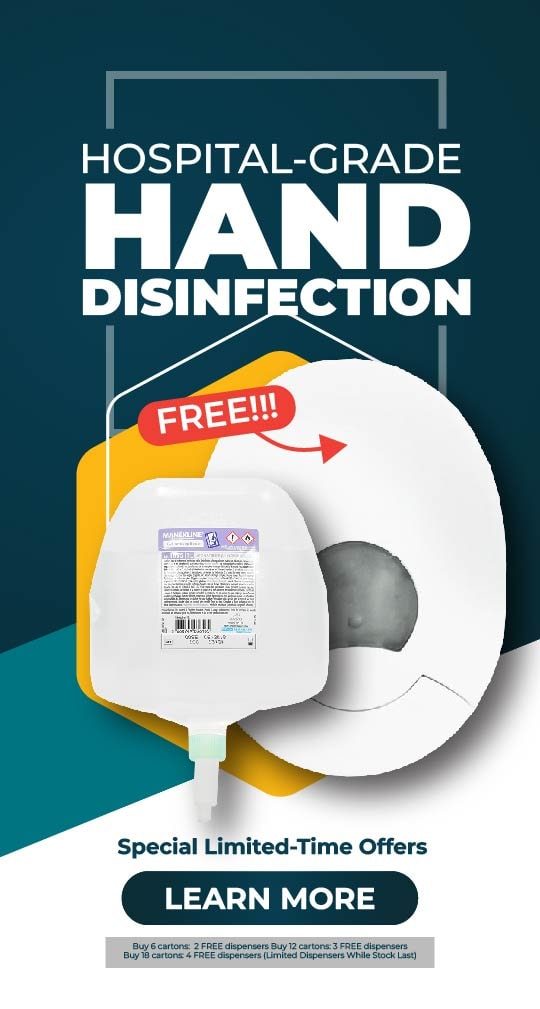
Food Safety: What is Shigellosis? And Why You Should Be Worried About When Preparing Your Food
What is Shigellosis? There are many different types of Shigellosis (simply known as Shigella) that can cause diarrhea (sometimes bloody), fever, and stomach cramps. However, what makes this foodborne infection dangerous is that it can be spread from one person to another. So it’s important to understand what is Shigellosis and how to prevent it. Also read:Food Safety: Post-Harvest Removal of Pesticide ResidueFood Safety: The Dangers of Salmonella in Food ProcessingFood Safety Habits to Practice in Your Kitchen Symptoms of

